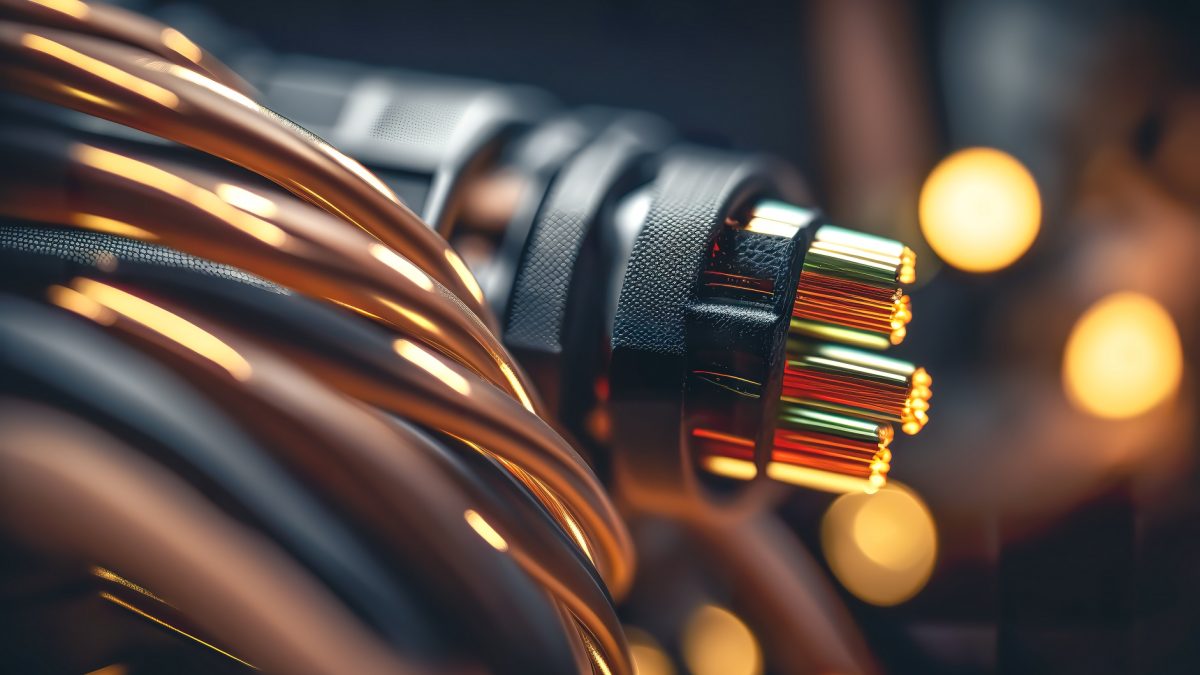
Best Practices for Cable Laying by EVIO
May 4, 2024When it comes to establishing a safe and reliable electrical system, proper cable end termination and glanding are crucial. This detailed method serves as a best practice guide for achieving secure and efficient connections. Here’s how to proceed:
Preparing Gland Plates:
Start by creating holes in the gland plates for all necessary cables. It’s essential to drill these holes to the appropriate size to avoid the use of gas cutting, which can compromise the structural integrity of the gland plates.
Earthing the Glands:
To ensure a secure grounding connection, fit each gland with a suitable earthing arrangement. The goal is to achieve positive earthing, effectively preventing any potential electrical faults.
Utilizing Ferrules and Lugs:
For multicore cable connections, employ ferrules to maintain organized and secure wire ends. Use tinned copper lugs for copper cables and aluminium lugs for aluminium cables, ensuring compatibility and optimal conductivity.
Selecting the Correct Connectors:
Make sure the connectors used are the correct size for the cables and are recommended by the cable manufacturer. The palm of the connector should be designed to fit standard wrenches as per Indian Standard (IS) specifications, allowing for a flush fit on both sides of the connection palm.
Applying Conductive Paste:
Before compressing, apply Dowells inhabitant paste between the conductor and the lug. This paste enhances the electrical connection and prevents oxidation.
Insulating the Connection:
After crimping, cover the lug neck attached to the conductor with a proper tape insulation sleeve to ensure it is thoroughly insulated.
Implementing an Efficient Earthing System:
All electrical equipment must be double earthed as per IS 3043 and the relevant electric supply authority regulations. The design and testing of earth pits should also adhere to I.S. standards.
Earthing Conductors and Hardware:
Use only hot-dip galvanized or electrolytic-grade bare copper for all earthing conductors. Ensure that the main earthing rings and all bolted joint hardware are galvanized and employ tinned copper lugs.
Dual Connection of Electrical Equipment:
Each piece of electrical equipment should be earthed using two separate strips or conductors. All equipment, with the exception of lighting fittings and junction boxes, should connect to the earth bus at two points to ensure redundancy and safety.
Maintenance and Testing:
Regularly measure and record the earthing resistances. The overall earth resistance should be maintained below one ohm. Incorporate removable test links near the earth pits to facilitate easy testing of the earth system.
Adjusting for Equipment Specifications:
If the earthing terminal on the equipment is larger than a quarter the size of the earth conductor, use a wider flag welded to the conductor to ensure a proper connection.
By adhering to these detailed steps for cable end termination and glanding, one can establish a robust and safe electrical infrastructure that complies with all relevant standards and regulations.




